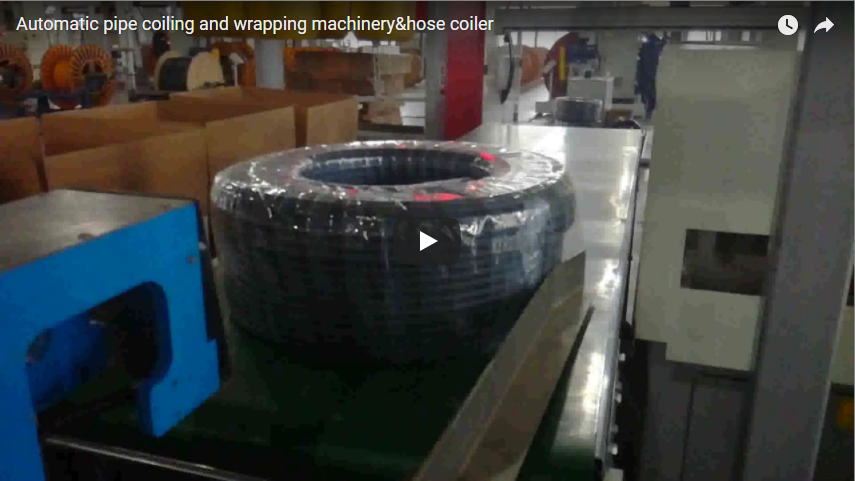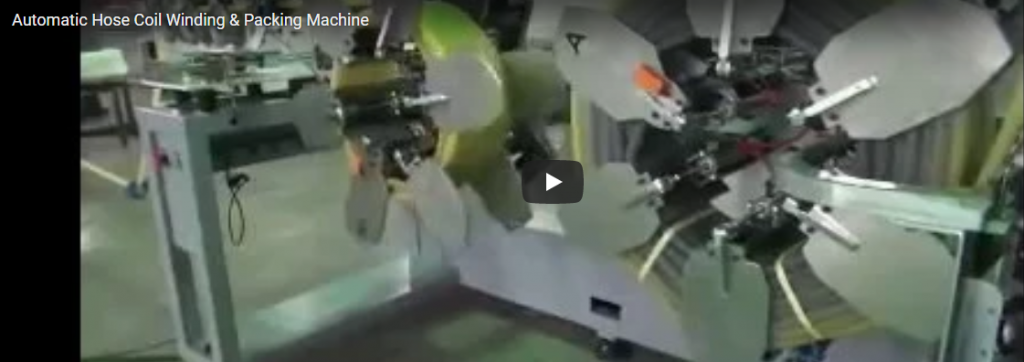Advanced Side Seal Shrink Wrapping Systems for Large Format Industrial Products: Enhancing Protection and Throughput
Optimizing the packaging process for large, bulky, or irregularly shaped items like building materials, furniture components, and assembled units presents unique challenges in industrial distribution and manufacturing. Traditional packaging methods can be labor-intensive, slow, and offer inconsistent protection. Modern Side sealing and shrink packaging machines provide a sophisticated, automated solution specifically engineered to address these issues for products such as boards, panels, doors, and windows. These systems integrate side sealing and heat-shrink technologies to deliver secure, aesthetically pleasing, and highly protective packaging crucial for supply chain integrity.
The Continuous Side Seal Advantage
Unlike traditional L-bar sealers which limit package length, continuous side sealing mechanisms are paramount for efficiently processing long products.
- Mechanism: Advanced side sealers typically employ heated rotary wheels or continuously moving heated belts synchronized with conveyor speed. This allows for an uninterrupted seal along the length of the product, regardless of its dimensions. Certain designs, referenced in packaging automation patents, focus on minimizing film waste and maximizing seal integrity even at high speeds.
- Benefit: This technology ensures complete enclosure, protecting products like doors, window frames, and long panels from environmental contaminants (dust, moisture) and handling scuffs throughout storage and transit. The reliability of the side seal is critical for maintaining package integrity, especially when using robust, high-performance shrink films.
Precision Shrink Tunnel Technology
Following the side seal application and end sealing (cross seal), the loosely bagged product enters a precision-controlled heat shrink tunnel.
- Process: Recirculating hot air, often managed through variable airflow patterns and multi-zone temperature control, is directed uniformly around the package. This controlled thermal exposure causes the biaxially oriented shrink film (commonly Polyolefin or LLDPE variants) to shrink tightly around the product's contours. Research in polymer science highlights how precise temperature control activates the film's "memory," ensuring optimal shrinkage without compromising film strength or clarity.
- Outcome: The result is a taut, conforming package that immobilizes the product, enhances visual appeal for retail-ready items, and provides significant tamper evidence. The tight wrap often improves load stability for palletizing or stacking.
System Controls and Customization for Varied Production
Modern industrial packaging lines demand flexibility and precise control, areas where these systems excel.
- Programmable Logic Controllers (PLCs): The operational heart is typically a PLC, enabling operators to precisely manage and store parameters via a Human-Machine Interface (HMI).
- Adjustable Parameters:
- Conveyor Speed: Variable speeds to match production line throughput.
- Sealing Temperature & Dwell Time: Fine-tuning for different film types and thicknesses.
- Shrink Tunnel Temperature & Airflow: Optimizing the shrink result based on product mass, shape, and film specifications.
- Product Guides & Seal Jaw Height: Quick adjustments accommodate varying product widths and heights, minimizing changeover time.
- Integration: These systems are designed for seamless integration into existing production lines, often featuring communication protocols to synchronize with infeed and outfeed conveyors or robotic handling systems.
Driving Operational Efficiency and Throughput
Automation is key to competitive advantage in manufacturing and distribution. Side seal shrink systems offer substantial gains.
- Speed: Depending on product size and film type, automated systems can significantly outpace manual or semi-automatic methods, often processing multiple pieces per minute. Industry reports on packaging automation frequently cite throughput increases as a primary driver for investment.
- Labor Optimization: Automation reduces the need for manual material handling and sealing, freeing up personnel for higher-value tasks and potentially lowering labor costs per packaged unit.
- Material Efficiency: Advanced film tensioning and sealing systems aim to minimize film consumption compared to less precise methods, contributing to cost savings and sustainability efforts.
Robust Product Protection and Enhanced Durability
The primary function remains superior product protection during the distribution cycle.
- Barrier Properties: The selected shrink film, combined with the complete enclosure provided by the side seal, creates an effective barrier against dust, dirt, moisture, and, with specific film types, UV radiation.
- Damage Reduction: The tight wrap secures loose components, protects surfaces from scratches and abrasions, and adds a durable layer that can withstand the rigors of handling and shipping. Studies in logistics often correlate improved packaging with reduced damage rates and associated costs (returns, replacements, customer dissatisfaction).
- Load Unitization: For bundles of items like stacked panels or multiple extrusions, the shrink wrap unitizes the load, making it easier and safer to handle as a single unit.
Versatile Applications Across Industries
The adaptability of side seal shrink wrapping makes it suitable for a diverse range of large-format products:
- Building Materials: Plywood sheets, insulation boards, lumber stacks, siding panels, composite decking.
- Fenestration: Assembled windows and doors (protecting frames and glass).
- Furniture Manufacturing: Flat-packed furniture components, assembled carcasses, large tabletops.
- Metal Fabrication: Extrusions, frames, large sheet metal parts.
- Other: Large appliances, automotive components, rolled goods (with modifications).
In summary, side sealing and shrink packaging machines represent a vital technology for industries handling large-format products. By combining automated sealing and precision shrinking, they offer enhanced product protection, significant operational efficiencies, and the flexibility required to meet diverse industrial packaging demands, ultimately strengthening the supply chain from factory floor to end-user.






